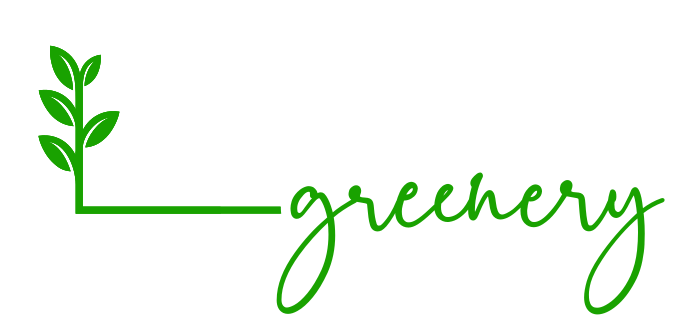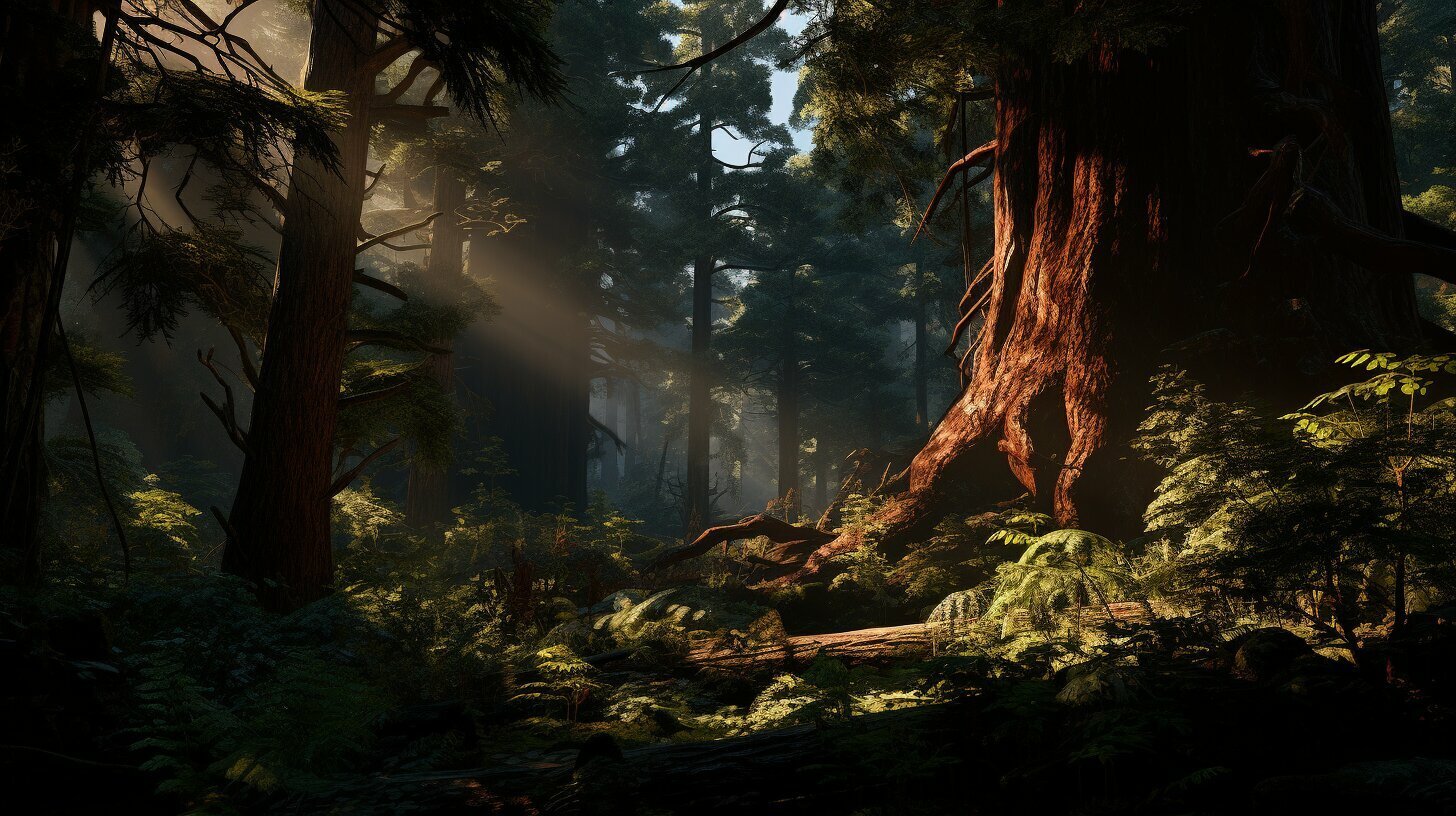Table of Contents
When it comes to choosing high-quality cedar for construction or landscaping projects, Whipcord Western Red Cedar is a standout option. This majestic cedar wood boasts an array of unique characteristics that make it an excellent choice for enhancing any space.
Whipcord Western Red Cedar is known for its distinctive appearance, fine grain, and natural aromatic scent. Additionally, it is highly resistant to rot and decay, making it a durable and long-lasting choice for various cedar products.
Key Takeaways
- Whipcord Western Red Cedar is a unique and beautiful type of cedar wood.
- It is highly versatile, durable, and resistant to rot and decay.
- It is an excellent choice for construction and landscaping projects.
- Choosing a reliable supplier or manufacturer is crucial to ensure high-quality cedar products.
Understanding Whipcord Western Red Cedar: A Brief Overview
Whipcord Western Red Cedar is a unique and versatile species of cedar wood that has gained popularity in recent years for its natural beauty and exceptional durability. Found throughout the western regions of North America, this cedar wood is renowned for its fine grain and reddish-brown color, which adds a touch of rustic elegance to any space it occupies.
As a popular choice for construction and landscaping, Whipcord Western Red Cedar is well-known for its resistance to rot and decay. This, coupled with its natural aromatic scent and ability to withstand harsh weather conditions, makes it an ideal choice for a wide range of cedar products.
Characteristics of Whipcord Western Red Cedar
Whipcord Western Red Cedar is a slow-growing evergreen tree that can grow up to 60 feet tall. It is typically found in moist forests and mountainous regions, and is well-suited to the cool, wet climates of the Pacific Northwest. The tree’s wood is known for its natural preservative qualities, including tannins and oils that help protect it from decay and insect infestation.
One of the most unique characteristics of Whipcord Western Red Cedar is its fine grain, which is even and straight with a uniform texture. This makes the wood easy to work with and ideal for creating high-quality cedar products. The wood is also notoriously lightweight, yet strong, making it an excellent choice for construction projects.
Common Uses of Whipcord Western Red Cedar
Whipcord Western Red Cedar is a highly versatile wood that can be used for a wide range of applications. Common uses include siding, decking, fencing, and shingles for construction projects. It is also frequently used in landscaping as cedar planters, pergolas, and garden structures.
Many people prefer to use Whipcord Western Red Cedar for exterior projects because it is naturally resistant to decay and insect infestation, eliminating the need for chemical treatments. The wood is also resistant to warping and twisting, ensuring that projects made with this wood will stand the test of time.
Overall, Whipcord Western Red Cedar is an excellent choice for anyone looking for high-quality cedar wood products that are both durable and visually appealing. Whether you’re a contractor, landscaper, or DIY enthusiast, investing in Whipcord Western Red Cedar is sure to pay off in the long run.
Uniqueness of Whipcord Western Red Cedar
Whipcord Western Red Cedar is a type of cedar wood that is renowned for its unique qualities and exceptional beauty. What sets this cedar wood apart from other types of wood is its fine grain, natural aromatic scent, and outstanding resistance to rot and decay. These features make it a popular choice for various cedar products, including furniture, decking, and fencing.
One of the most notable qualities of Whipcord Western Red Cedar is its fine grain. This feature gives the wood a distinct look that sets it apart from other types of wood. The fine grain also makes it an ideal choice for furniture as it can be easily carved and shaped to form intricate designs.
Another unique aspect of Whipcord Western Red Cedar is its natural aromatic scent. The wood gives off a pleasing aroma that is both calming and refreshing. This fragrance is a result of the natural oils found in the wood, making it a popular choice for products such as cedar chests and closet liners.
Finally, Whipcord Western Red Cedar is known for its exceptional resistance to rot and decay. This feature makes it an ideal choice for outdoor products that are regularly exposed to the elements, such as fencing, decking, and siding. The wood’s natural resistance to decay also helps to extend its lifespan, making it a sustainable and long-lasting choice for cedar wood products.
Growth Habits of Whipcord Western Red Cedar
The Whipcord Western Red Cedar, also known as Thuja plicata ‘Whipcord,’ is a unique cultivar of the Western Red Cedar family. This tree has a distinctive narrow and upright growth habit, making it an excellent choice for smaller spaces and tight corners. However, despite its smaller size, it can still reach a height of up to 10 feet with a spread of 2 feet.
Whipcord Western Red Cedar prefers growing in USDA hardiness zones 5-8, and it thrives in moist, well-draining soils with full sun to partial shade. This tree’s growth rate is moderate, with an average of 6-12 inches per year, making it a suitable choice for sustainable cedar lumber production.
| Preferred Climate Conditions: | Moist, well-draining soils with full sun to partial shade |
|---|---|
| Height and Spread: | Up to 10 feet in height and 2 feet in spread |
| Growth Rate: | 6-12 inches per year |
| Preferred Hardiness Zones: | USDA hardiness zones 5-8 |
The Whipcord Western Red Cedar is an easy-to-grow tree that contributes to sustainable cedar lumber production while providing a unique and eye-catching addition to any landscape design.
Enhancing Your Space with Whipcord Western Red Cedar
If you’re looking for a versatile and durable material to enhance your space, look no further than Whipcord Western Red Cedar. Used for both residential and commercial projects, this high-quality cedar wood is a popular choice in construction and landscaping for good reason.
Construction Uses
From siding to decking, Whipcord Western Red Cedar is a top pick for construction projects. Its natural resistance to rot and decay makes it ideal for outdoor use, while its fine grain and beautiful coloring add style to any space. Whether you’re renovating your home or building a new one, consider using this premium cedar lumber for a look that will last for years to come.
Landscaping Uses
Whipcord Western Red Cedar is also an excellent choice for creating beautiful and functional outdoor spaces. Cedar planters are a popular option, as they add beauty and allow for easy growing of herbs, flowers, and other plants. Pergolas and garden structures made from cedar provide a unique touch to your outdoor living space, while cedar fencing offers both privacy and aesthetic appeal.
When it comes to landscaping, Whipcord Western Red Cedar is a versatile material that can be used to create a variety of structures that enhance the look and feel of your space.
Conclusion
Whipcord Western Red Cedar is a top choice for construction and landscaping projects thanks to its durability, versatility, and natural beauty. Whether you’re working on a new construction project or enhancing your outdoor space, consider using this premium cedar wood for a look that will stand the test of time.
Choosing a Reliable Whipcord Western Red Cedar Supplier
When it comes to selecting a supplier or manufacturer for Whipcord Western Red Cedar, it’s crucial to choose a company that values quality and sustainability. With so many cedar suppliers out there, it can be challenging to know who to trust. Here are some tips for finding a reliable high-quality cedar supplier:
1. Look for Experience
Choosing a supplier with experience in the cedar industry ensures you have a partner who knows the ins-and-outs of the business. Experienced suppliers have weathered different market conditions and can pass on valuable advice and insights that benefit your project. If you’re looking for high-quality cedar, it’s best to work with a supplier who has been in business for several years.
2. Check for Sustainability
Whipcord Western Red Cedar is a unique species that requires sustainable harvesting and processing practices. Sustainable harvesting involves removing mature trees while preserving younger ones, guaranteeing a constant supply of cedar for the future. Select a supplier who values sustainability and sources their cedar from well-managed forests. This ensures the long-term environmental and economic viability of the product you’re purchasing.
3. Quality Assurance
Quality assurance is essential in ensuring that you receive high-quality cedar. Look for a supplier who follows strict quality control guidelines; this ensures that you get the best quality product possible. Inspect the supplier’s grading specifications to ensure their cedar meets your specifications, and check for guarantees, return policies, and warranties. A reputable supplier will stand behind their product, providing you with peace of mind that you’re making a sound investment.
By working with a reliable supplier, you can ensure that your project benefits from the unique beauty and durability of Whipcord Western Red Cedar, adding value to your construction and landscaping projects. With these tips in mind, you can find the right cedar supplier for your needs, giving your project that special edge it deserves.
FAQ
Q: What makes Whipcord Western Red Cedar unique?
A: Whipcord Western Red Cedar is known for its distinctive appearance, fine grain, and natural aromatic scent. It is also exceptionally resistant to rot and decay, making it an ideal choice for various cedar wood products.
Q: Where does Whipcord Western Red Cedar come from?
A: Whipcord Western Red Cedar is native to the western regions of North America, particularly British Columbia. It is known for thriving in the Pacific Northwest climate conditions.
Q: What are the common uses of Whipcord Western Red Cedar?
A: Whipcord Western Red Cedar is widely used in construction projects, including siding, decking, and fencing. It is also popular for creating beautiful landscapes through cedar planters, pergolas, and garden structures.
Q: How tall can Whipcord Western Red Cedar grow?
A: Whipcord Western Red Cedar can reach heights of up to 200 feet, depending on various factors such as age, growing conditions, and pruning techniques.
Q: How do I choose a reliable Whipcord Western Red Cedar supplier?
A: When selecting a supplier or manufacturer for Whipcord Western Red Cedar, it is important to prioritize quality and sustainability. Look for experienced professionals in the industry who can provide high-quality cedar products.







